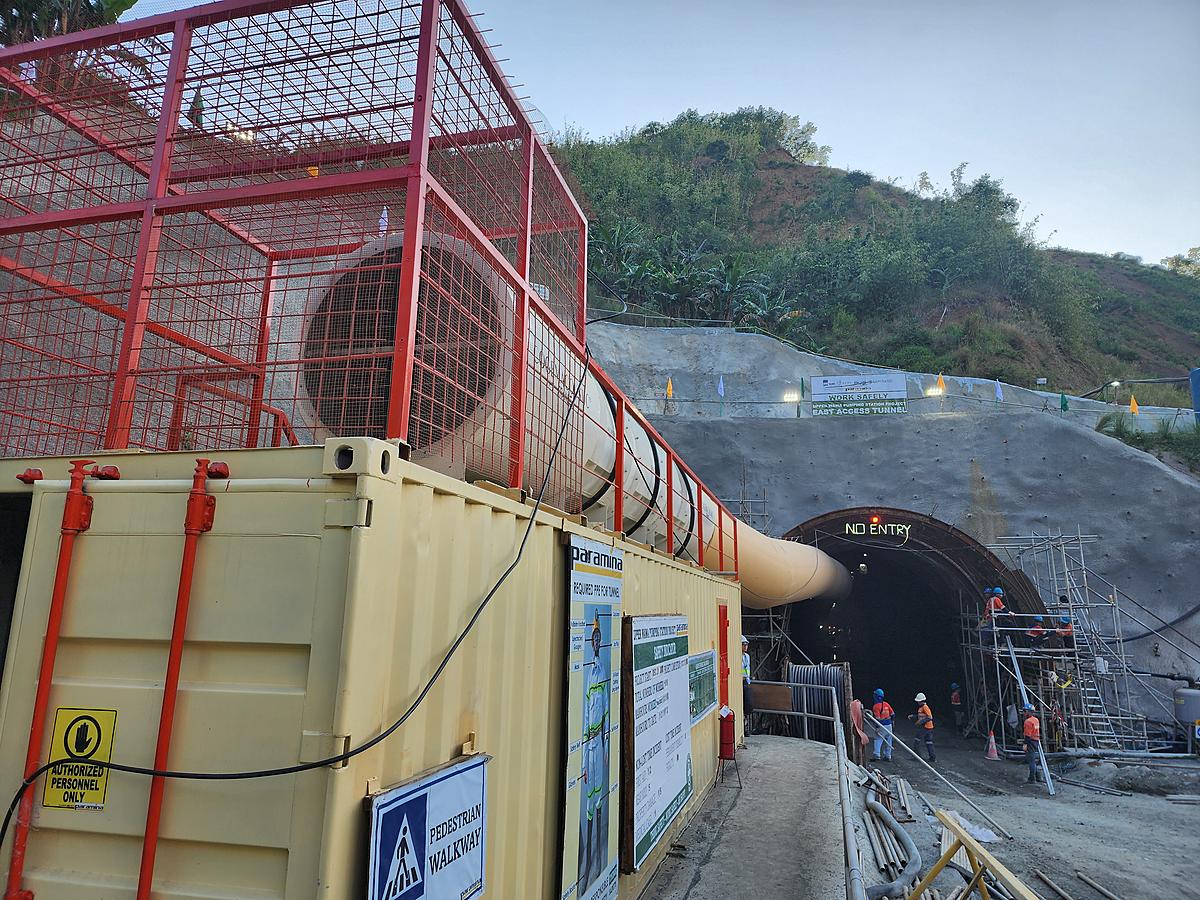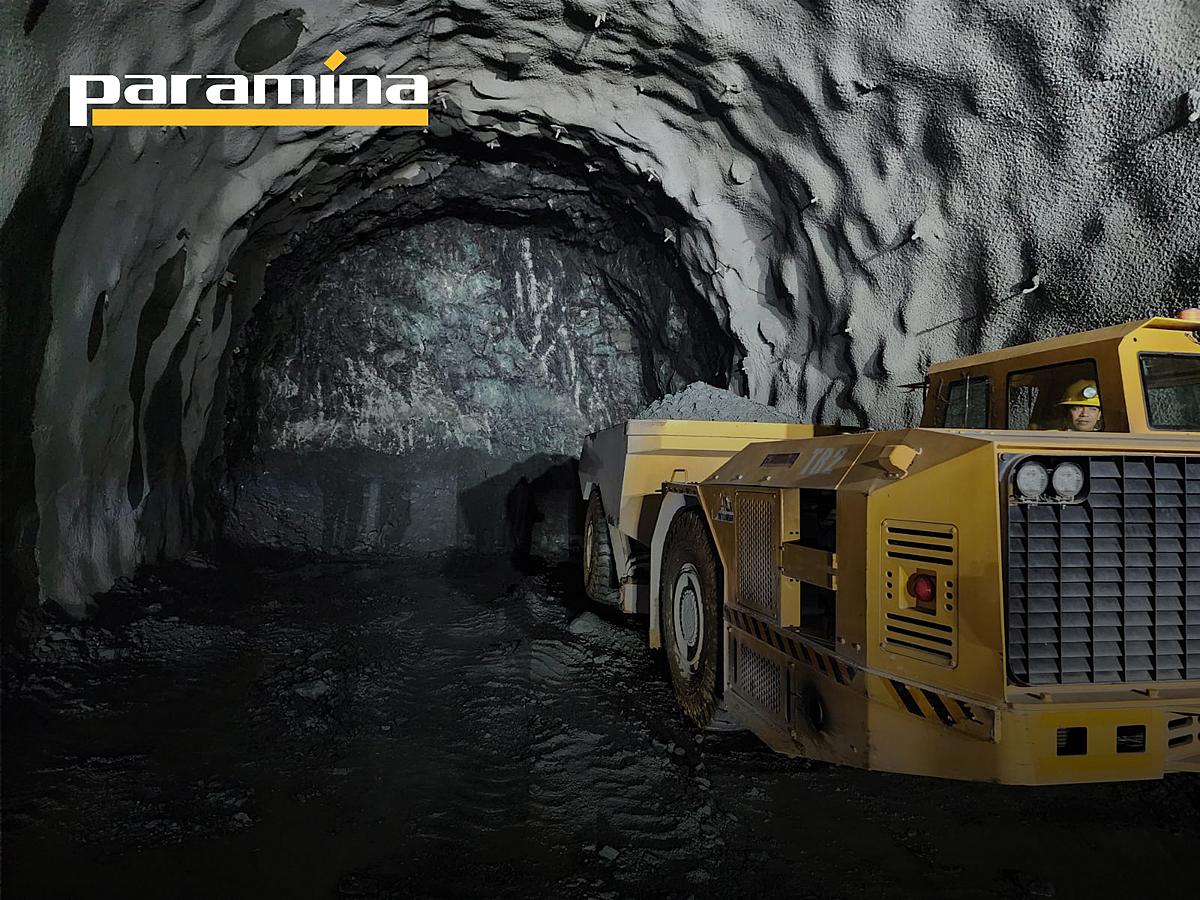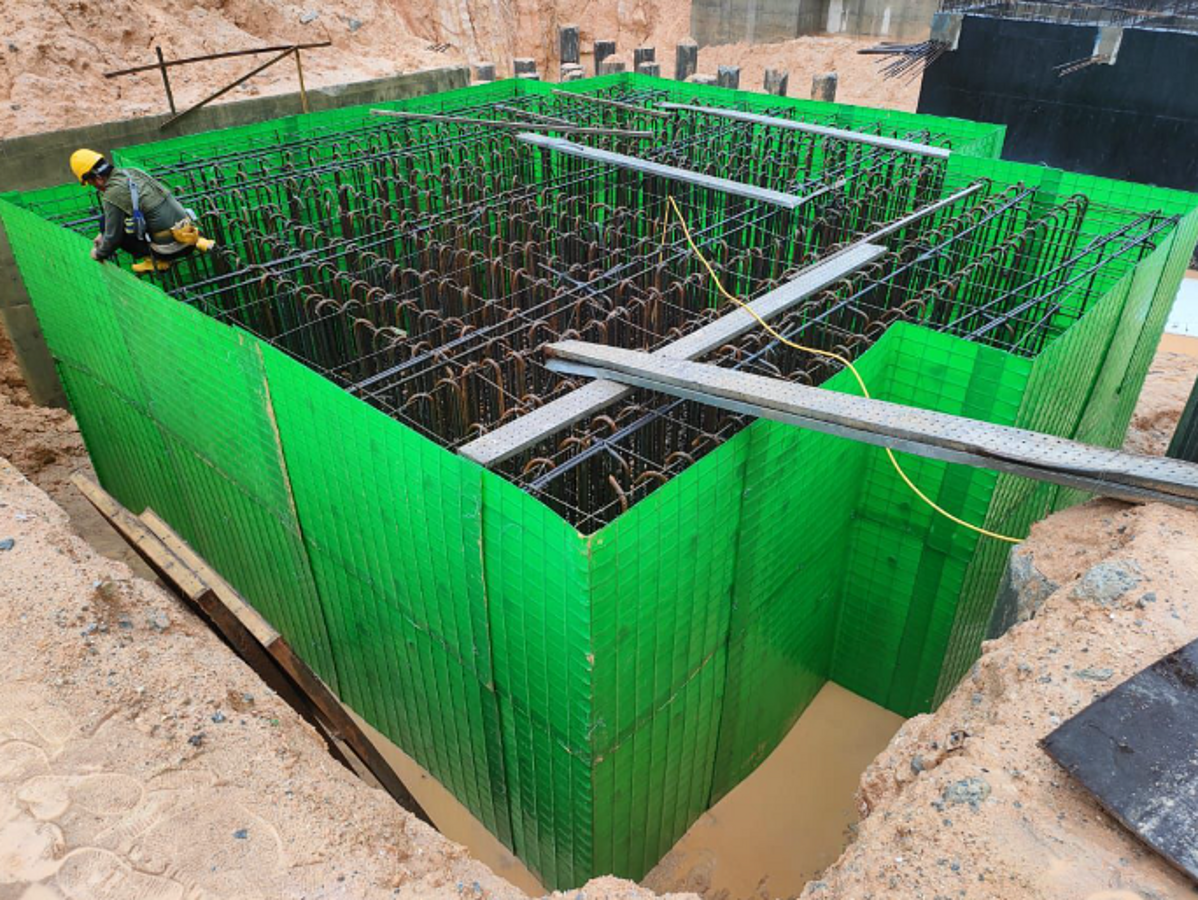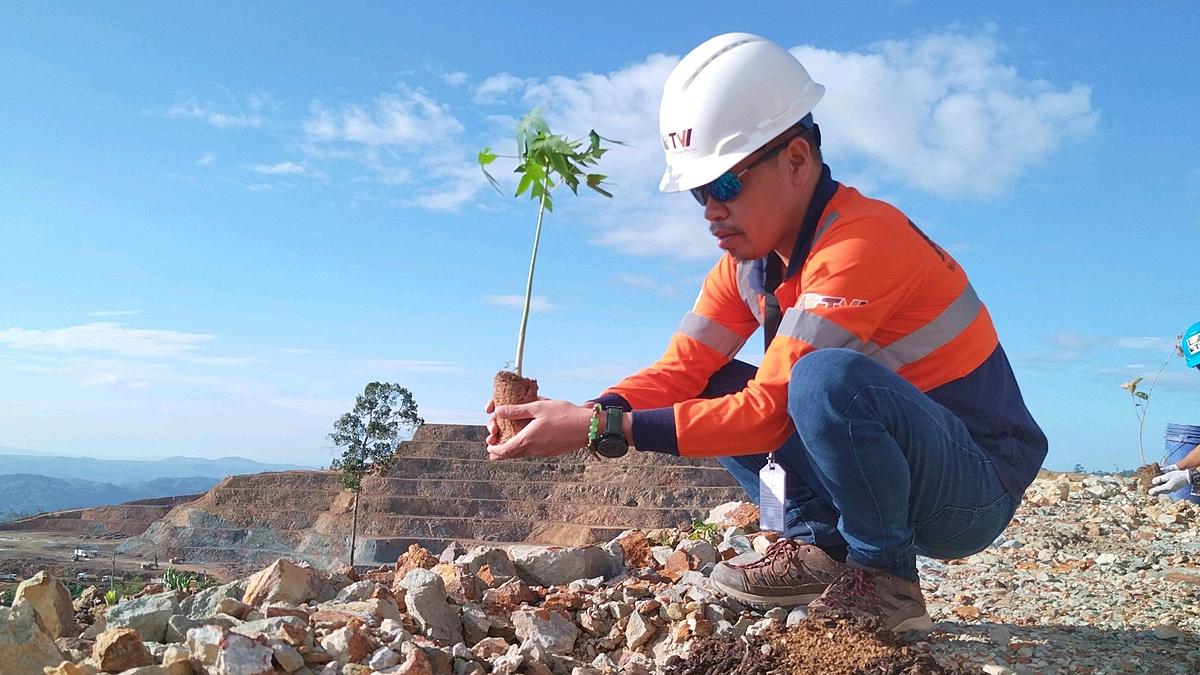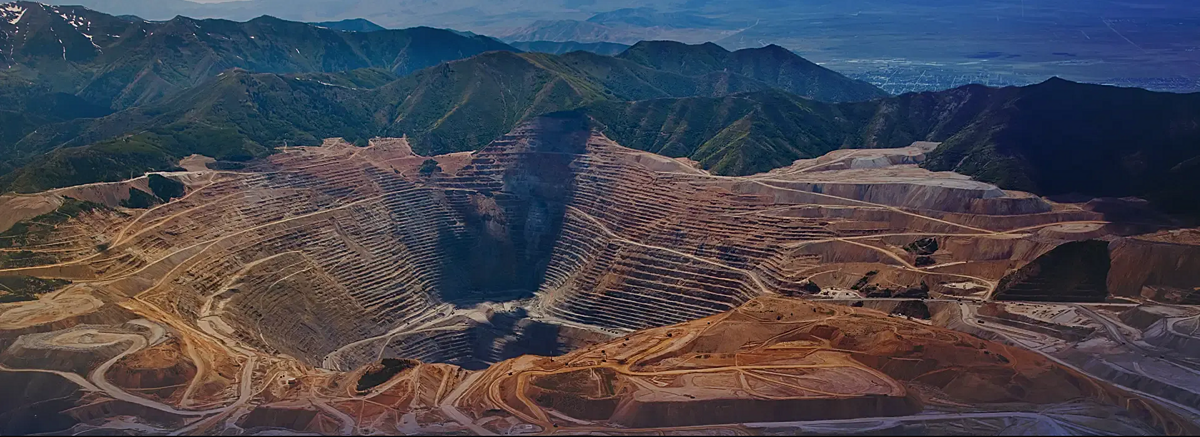Part 1: The Basics, Defining Reserves & Assessing Strategies - By: Engr. Mae Ann R. Cabasag
Strategic Mine Planning (SMP) encompasses technical feasibility, economic viability, social and environmental aspects. It is essential in ensuring optimal resource extraction and sets the mining project’s technical and economic direction. Yet a plethora of mines do not fully engage in this kind of mine planning. The reason for this? Perhaps they have yet to figure out the approaches to make use of its technology in maximizing the value of their increasingly scarce resources.
In this article, we will focus on the four approaches in producing a strategic mine plan that is robust enough to provide mine planners or decision-makers the confidence in their plans amid market uncertainties. This kind of confidence is made possible through the existing technology from Dassault Systèmes.
But first, we need the basics of distinguishing the following from the other: mine plan and mine schedule, and strategic mine planning and tactical mine planning. These are often used interchangeably in the mining industry despite pertaining to different things.
According to Mark Bowater, author of Crimes Against Mine Planning, “A mine plan is the set of things to be done to allow something to be achieved and includes mine designs, plus a schedule, plus the communication of it all.” Mine schedule, on the other hand, is “the sequence of activities carried out at the mine site to achieve target outcomes. [It] includes a database of the quantities of the task to be scheduled, along with equipment productivities, a calendar and then some form of sequence path for equipment to carry out those tasks.”
Meanwhile, SMP and tactical mine planning are defined by Dassault Systèmes GEOVIA Mining Industry Process Consultant Joaquin Romero as “SMP concentrates on long-range production planning aimed at maximizing the value derived from exploiting an ore deposit. Tactical mine planning focuses on short-range plans to maintain operational viability.”
Hence, the long-term strategic mine plan is susceptible to various forces, both internal and external (e.g. geological knowledge, economic and market volatilities, technological advancements, and legislative changes).
Defining Reserves and Assessing Strategies
Traditionally, in a surface mine, planners use the Lerchs-Grossmann (L&G) algorithm in defining reserves. This generates pit shells that maximizes total undiscounted cash flows. When planners identify the final pit, they create sequences called, “nested pit shells” as pushbacks to reach the final pit. However, most of these nested pit shells are not feasible in the mine operations.
What should be the solution in this traditional approach’s geometry-related issue? A flexible approach that modifies L&G algorithm. How? “By incorporating a starting point and direction for the extraction, and then building a sequence schedule that may align better with the mine project’s strategic requirements,” Romero elaborated.
With the combination of the DS GEOVIA Whittle and SIMULIA process-automation tools, Dassault Systèmes tested this flexible approach by generating 1,600 to 2,400 scenarios and produced a value map where one can easily determine the “best starting region and corresponding directions.”
In Part 2 of this article, we discuss mine production-scale plan, uncertainties and risks associated in your SMP, how to optimize your production schedule, and how GEOVIA’s SMP solutions will pave your Strategic Mine Plan’s approaches to success.
REFERENCE: Dassault Systemes. (2022). Strategic Mine Planning Articles 1-4.




